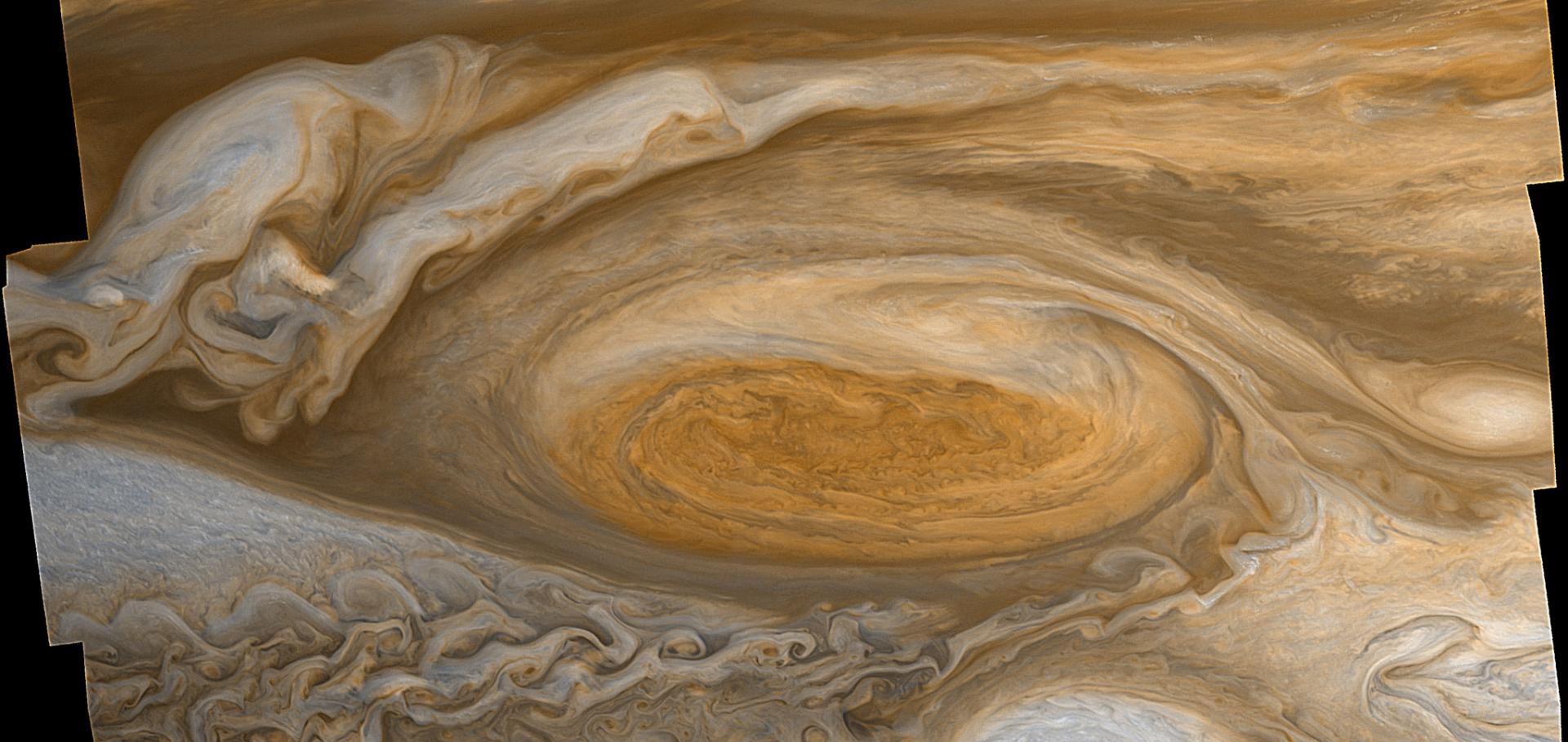Mapping potential-vorticity dynamics on Jupiter. II: the Great Red Spot from Voyager 1 and 2 data
QUARTERLY JOURNAL OF THE ROYAL METEOROLOGICAL SOCIETY 132:618 (2006) 1605-1625
Reconstructing the weather on Mars at the time of the MERs and Beagle 2 landings
GEOPHYSICAL RESEARCH LETTERS 33:19 (2006) ARTN L19202
Synchronization and chaos control in a periodically forced quasi-geostrophic two-layer model of baroclinic instability
NONLINEAR PROCESSES IN GEOPHYSICS 13:1 (2006) 23-39
Two scenarios on the driving mechanism of the Jovian equatorial jet with secondary hydrodynamic instabilities
ADV SPACE RES 38:11 (2006) 2639-2644
Abstract:
We test the feasibility of two scenarios that may drive the broad, prograde, equatorial jets in the Jovian atmosphere within the shallow "weather layer". The first idea attempts to explain the flat-headed jet as a consequence of a hydrodynamic instability along an equatorially trapped primarily jet. The strong primary jet is induced by a 300 in s(-1) Kelvin wave. The second idea is a bridging of a pair of off-equatorial jets due to horizontal eddy diffusion (the so-called Gierasch mechanism). The primary jets can be induced by a Hadley circulation, and might then be interconnected by subsequent hydrodynamic instabilities between them. We test the two scenarios using a general circulation model, but have so far been unable to obtain an equatorial jet that resembles observations. It appears, therefore, that the previously proposed model of combining Kelvin and Hadley forcing, is more plausible under the shallow hypothesis. (c) 2006 COSPAR. Published by Elsevier Ltd. All rights reserved.Two scenarios on the driving mechanism of the Jovian equatorial jet with secondary hydrodynamic instabilities
ADVANCES IN SPACE RESEARCH 38:11 (2006) 2639-2644


